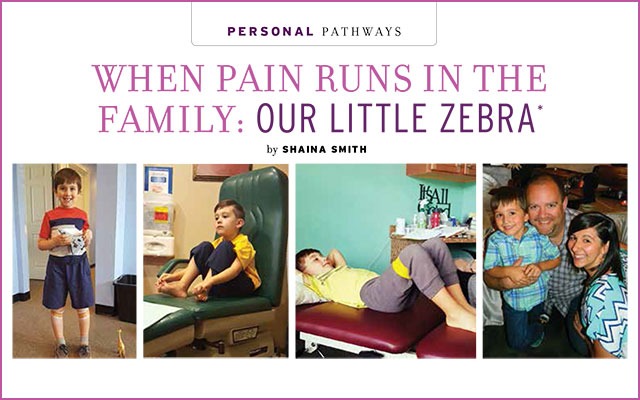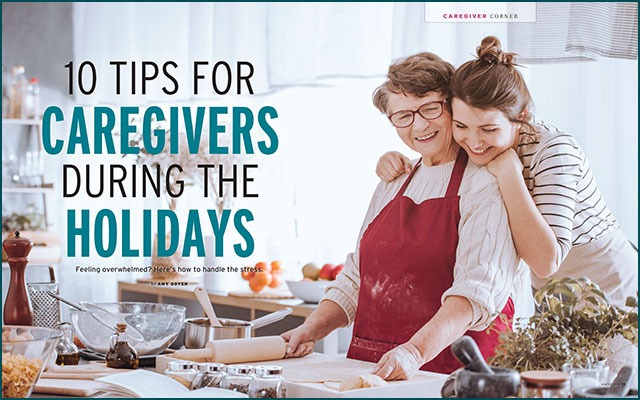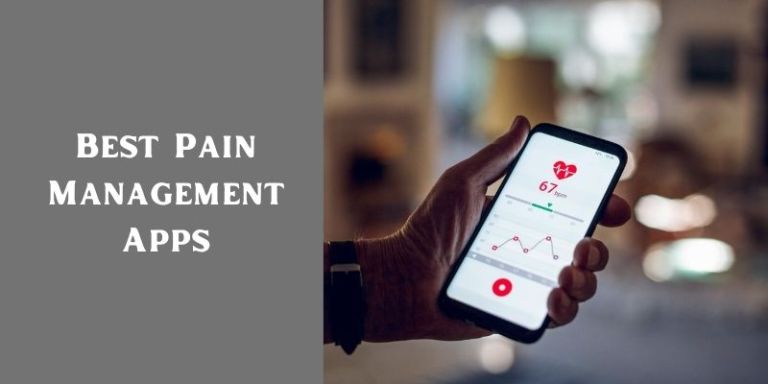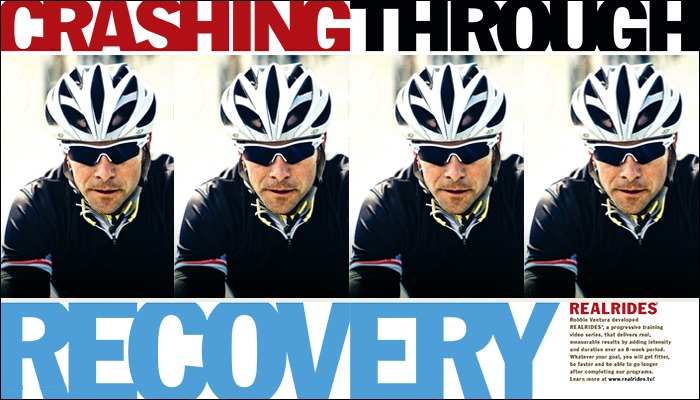When Pain Runs in the Family

When Pain Runs in the Family: Our Little Zebra*
By Shaina Smith
Our family calendar is not glamorous. Not because we don’t fill our weekends with fun-filled events (we travel all over New England just to find the perfect meal) or because it lacks creativity (my sister draws intricate pieces on her calendar to symbolize commitments her daughter will understand), but because it’s more of a pain-journey roadmap only we can interpret.
If we aren’t at the pediatrician’s office, it’s a visit to various specialists. In our son Landon’s short lifespan of over seven years, he’s mostly witnessed Mommy running from appointment to appointment. But as of late, the family calendar has been sprinkled with additional medical arrangements that aren’t focused on Mommy.
Before going off on a tangent about how incredible I think our boy is, I’ll quickly note that I was diagnosed with Ehlers-Danlos Syndrome (EDS), hypermobility type (Type 3) in 2015, five years after the true onset of my chronic pain. We weren’t new to this genetic connective-tissue disorder. In fact, I married into a family of EDS gurus; my mother-in-law also has EDS and has been instrumental in providing us with information. Through years of conversations with my in-laws, we learned that even though EDS Type 3 is considered the least severe type, it can still involve significant complications, including passing the condition down to children. Had we known this prior to giving birth to Landon, we might have been more mentally and emotionally prepared for the health-related challenges that have come our way.
For much of his young life, Landon showed no signs of discomfort or medical complications. He was crawling before six months old and walking before ten months old. As he began to age, we noticed hypermobility in his joints, but because young children are flexible, we weren’t overly concerned. That is, until last year when Landon began complaining of aches in his neck, shoulder and lower back. And so began the marathon of health-related appointments.
Our family has since made minor adjustments. Because we were told it was possible Landon has EDS (most geneticists won’t diagnose until after puberty), we’ve followed recommendations from his health care team like taking a specific vitamin each day and sleeping on a memory foam topper to prevent subluxations. We reached out to family and Landon’s school to join his support network. We notified his school that classroom accommodations might be necessary, dress code might be breached (footwear) and frequent absences could be expected. Additionally, I joined online support groups geared towards EDS families.
When it comes to weekend plans, trips or commitments, we analyze the impact the activity will have on our bodies. If we’ll be walking or standing for an extended period, supportive sneakers are a must. We bring Landon’s water bottle to keep him hydrated, and if it’s an overnight situation, we try to remember his memory foam pillow. In my purse, I now carry children’s chewable pain relievers and antacids.
Many of our management tools are items parents typically have on hand. Perhaps the difference is that I carry an extra feeling of uneasiness? A simple fishing trip brings anxiety when I see Landon walking over uneven ground. When at birthday parties, I fret that they’ll have activities like tug-of-war or jumping on a trampoline. Luckily, Landon hasn’t endured a significant injury resulting from his hypermobile body. In fact, outside of his occasional fatigue, headaches and frequent stomachaches, he only mentions discomfort in the same troublesome spots a few times per week.
When pain runs in the family, it completely changes your daily routine and outlook on life. Our reality is that someday our son may have more challenging years—but that’s a chance any parent may face. No one’s given a guarantee that their child will live pain-free or without disease. In many ways, we’re just like any other family. In other areas, we are not. We know our odds of raising an incredible human being who may also have an incurable condition is high. We started saving for retirement years ago in the event I can’t work as long as a person living without pain. These are the realities we’ve come to terms with to be better examples for our son’s sake.
Because of chronic pain, my ability to engage in everyday parenting tasks have been tough; lifting or holding Landon, and finding the energy to keep up with his imagination—were no easy feats. As Landon grew and my diagnosis confirmed, I had to retrain my brain to turn off the urge to lift him when he was tired or hurt. I let my family know when my body lacks the oomph to play outdoors, go for walks or simply sit on the floor and play dinosaurs and dragons. For a young child, Landon has been surprisingly patient and understanding about my limits. There are moments when he makes a disappointed groan if I can’t partake in his request, but I’ve learned to use distraction techniques and offer alternative activities.
As parents, we combat our fears by taking proactive steps. We encourage Landon to be open and honest about how he’s feeling. If he needs to rest, we let him sit or lie down whenever and wherever. We’ve gotten past the curiosity of onlookers who may be puzzled to see an apparently content and healthy child lying flat on the ground of a department store or being carried by his dad. We try to stay ahead of his inevitable diagnosis with the knowledge we’ve obtained to date.
Our latest tool includes a pain journal. We’re in the early stages of scheduling for custom orthotics and hope to see a specialist about the rotations in Landon’s legs. In the meantime, we take trips whenever necessary to Muldowney Physical Therapy that specializes in EDS patients, where we learn safe exercises to strengthen his legs and where his body can be carefully adjusted. Occasionally, Landon wears tape on both legs to deter rotations. We’re optimistic that our family’s experience with this condition will be beneficial for our son’s future. We also welcome his grandmother’s firsthand account of her life with EDS.
For parents whose child has been diagnosed with a chronic pain condition, know you’re not alone. Trust your instincts. You know your child better than anyone. Seek the comfort of loved ones, and promote open dialogue with your support system: communication is key. Hug each other when you need a break from the chaos. Discuss appointment schedules to share the responsibilities. Check in with yourself and each other to avoid feeling burned out, overwhelmed or overburdened. Show your child you can be that beacon of optimism he or she may need when feeling vulnerable, scared or isolated.
My husband and I know there will be mostly good days, along with a few bad days that will test our emotional strength. We make the most out of our good days. Although we have a unique family dynamic, where the husband/father must also play the role of caregiver, it is ours and it works. Bumps in the road are to be expected, and we face those challenges head-on, hand in hand with optimism for a future filled with more medical innovation, less societal stigma and new treatment options for families who share rare conditions.
*The zebra has become the unofficial mascot within the EDS and rare diseases communities. Why? The term is taught to medical students during their training. In medicine, the term “zebra” is used to reference a rare disease or condition. The common phrase is that when you hear hoofbeats behind you, don’t expect to see a zebra. This means that one should look for the more common and not the uncommon diagnosis first.
Shaina Smith is director of State Advocacy & Alliance Development for U.S. Pain Foundation. Diagnosed with Ehlers-Danlos Syndrome, Hypermobility Type, Shaina utilizes her journalism background to mobilize pain patient advocates and engage volunteers to participate in awareness programs.
PainPathways Magazine
PainPathways is the first, only and ultimate pain magazine. First published in spring 2008, PainPathways is the culmination of the vision of Richard L. Rauck, MD, to provide a shared resource for people living with and caring for others in pain. This quarterly resource not only provides in-depth information on current treatments, therapies and research studies but also connects people who live with pain, both personally and professionally.
View All By PainPathways






